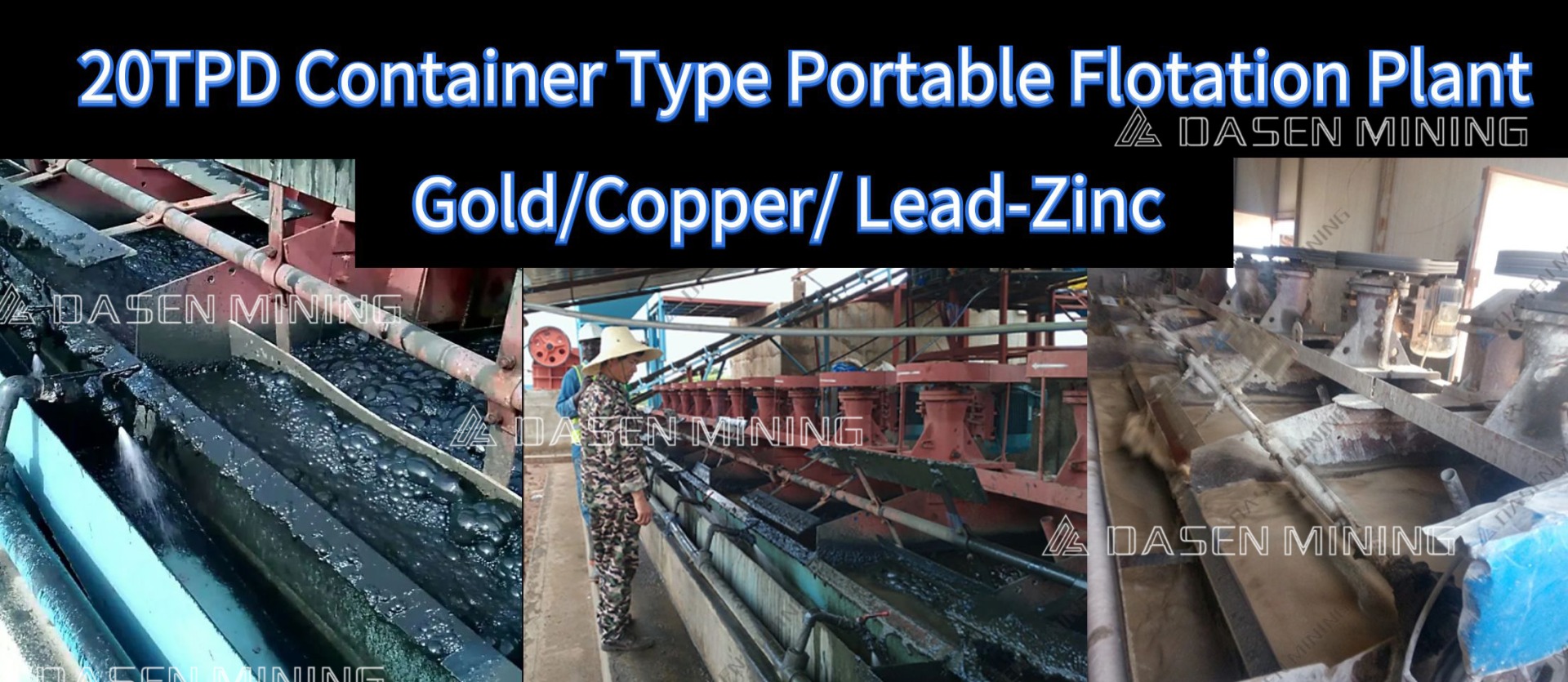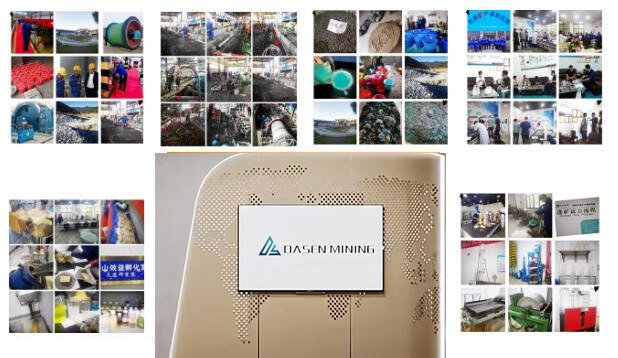How to Separate Spodumene from Ore
Flotation Techniques
Spodumene, a lithium-bearing mineral, is a valuable resource for lithium-ion batteries. Extracting spodumene from its ore requires efficient beneficiation processes. Flotation is a commonly used method for separating spodumene from other minerals.
Positive Flotation
In positive flotation, spodumene is selectively floated to the surface of a pulp while other minerals remain in the pulp. The process typically involves:
- Pulp Preparation: The ore is crushed and ground to a suitable particle size, and then mixed with water to form a pulp.
- Reagent Addition: Sodium hydroxide or sodium carbonate is added to adjust the pulp’s pH, followed by the addition of a fatty acid collector like oleic acid.
- Flotation: The pulp is aerated in a flotation cell, causing the spodumene particles to attach to the air bubbles and float to the surface.
- Concentrate Collection: The froth containing the spodumene concentrate is collected and further processed.
Reverse Flotation
In reverse flotation, the gangue minerals are floated while spodumene remains in the pulp. This method often uses:
- Depressants: Dextrin or starch are added to depress spodumene in an alkaline medium.
- Collector: A cationic collector like dextran amine is used to float the gangue minerals.
- Flotation: The pulp is aerated, and the gangue minerals are floated to the surface.
- Concentrate Collection: The remaining pulp, which contains the spodumene concentrate, is collected.
Separating Spodumene and Beryl
When spodumene and beryl coexist in the ore, mixed flotation or preferential flotation can be used:
- Mixed Flotation: Both minerals are floated together using a combination of collectors.
- Preferential Flotation: One mineral is selectively floated, followed by the other. This can be done in different sequences based on the specific ore characteristics.
Whatsapp:+86 133 1927 7356
Email:[email protected]


